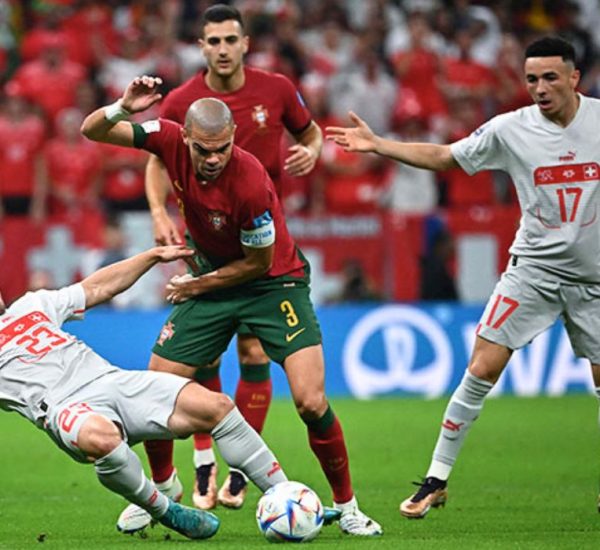Pulling the Goalie in Soccer: Soccer is a globally celebrated sport notorious for its fast-paced gameplay and intricate strategies. One such tactic that continually sparks debate is “pulling the goalie.” The strategy involves temporarily reassigning the goalkeeper to an offensive position to gain numerical advantage in the opposing half, particularly during the game’s closing stages when a team is desperate for an equalizer or winner.
While not as commonplace as its hockey counterpart, pulling the goalie in soccer is a bold strategy that can turn the tide of a match if employed judiciously.
Understanding the Basics
Pulling the goalie means removing the goalkeeper from their position between the posts to add another player to the attack. While it’s typically a desperate measure for a losing team during the dying minutes of a match, it can be a high-risk, high-reward strategy.
It’s crucial to note that in soccer, unlike ice hockey, a goalkeeper cannot be replaced by an outfield player unless a substitution is made. Therefore, “pulling the goalie” doesn’t mean physically replacing the goalkeeper but rather repositioning them to contribute to the team’s attacking plays.
The Rationale Behind the Strategy
When a team is behind on the scoreboard, and the clock is winding down, pulling the goalie can serve as an all-or-nothing strategy to seize one last opportunity to score. By having the goalie join the outfield players, the team can gain a numerical advantage in the attack, putting pressure on the opposition defense and increasing the chances of scoring a goal.
However, the strategy has a significant risk: leaving the team’s goal undefended. If the opposition manages to regain possession and launch a counter-attack, they will likely find an open goal and quickly increase their lead.
The Rules and Regulations
According to the game rules governed by the International Football Association Board (IFAB), no regulation restricts the goalkeeper from leaving their goal area or the team’s half of the pitch. This means that a goalkeeper is allowed to play anywhere on the field, like any other player, as long as they adhere to the standard laws of the game.
However, the goalkeeper must not use their hands outside of the penalty area, and they are subject to the same rules as outfield players when playing in that area. Failure to abide by this rule can result in a free kick or penalty kick for the opposing team, depending on the location of the offense.
Famous Instances
One of the most notable examples of pulling the goalie in professional soccer occurred during the 2014 FIFA World Cup. In a round of 16 matches between the Netherlands and Mexico, Dutch coach Louis van Gaal substituted his goalkeeper, Jasper Cillessen, for Tim Krul in the final minutes of extra time, specifically for the upcoming penalty shootout.
While this is slightly different from pulling the goalie for an outfield advantage, it’s a strategic maneuver involving goalkeepers that significantly impacted the game outcome, with Krul saving two penalties to send the Netherlands to the quarterfinals.
The Potential Consequences
The consequences of pulling the goalie in soccer are twofold. If successful, it can lead to an equalizing or winning goal, sparking dramatic turnarounds and unforgettable soccer moments. Conversely, if unsuccessful, it can expose the team to easy counter-attacks, potentially widening the score margin in favor of the opposition.
Strategic Considerations
Considering the potential risks and rewards, teams should weigh several factors before pulling the goalie. These include the time remaining, the team’s defensive and offensive strength, the opposition’s counter-attacking prowess, and the goalkeeper’s physical fitness and field skills.
Furthermore, the element of surprise can play a crucial role in the success of this strategy. If the opposition is caught off guard by the sudden appearance of an extra attacker, the chances of scoring could increase significantly.
Final Thoughts
In conclusion, pulling the goalie in soccer is a high-stakes strategy that can alter the course of a match. It demonstrates the beautiful game’s complexity, where daring tactics and split-second decisions can mean victory and defeat.
Despite the risks, the potential for a game-changing payoff continues to entice coaches and players to roll the dice and opt for this audacious move occasionally.



